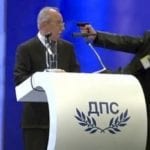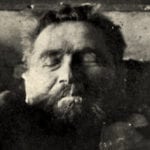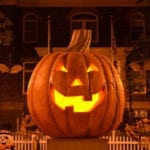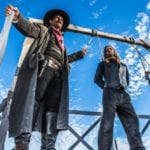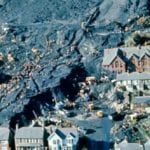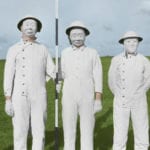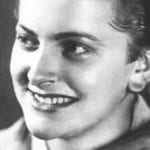 Weird Stuff
Weird Stuff  Weird Stuff
Weird Stuff  Our World
Our World 10 Ways Your Christmas Tree Is More Lit Than You Think
 Movies and TV
Movies and TV The 10 Coolest Stars to Set Sail on The Love Boat
 History
History 10 Things You Didn’t Know About the American National Anthem
 Technology
Technology Top 10 Everyday Tech Buzzwords That Hide a Darker Past
 Humans
Humans 10 Everyday Human Behaviors That Are Actually Survival Instincts
 Animals
Animals 10 Animals That Humiliated and Harmed Historical Leaders
 History
History 10 Most Influential Protests in Modern History
 Creepy
Creepy 10 More Representations of Death from Myth, Legend, and Folktale
 Technology
Technology 10 Scientific Breakthroughs of 2025 That’ll Change Everything
 Weird Stuff
Weird Stuff Ten Bizarre Facts About The Doge Meme
 Our World
Our World 10 Ways Your Christmas Tree Is More Lit Than You Think
 Movies and TV
Movies and TV The 10 Coolest Stars to Set Sail on The Love Boat
Who's Behind Listverse?

Jamie Frater
Head Editor
Jamie founded Listverse due to an insatiable desire to share fascinating, obscure, and bizarre facts. He has been a guest speaker on numerous national radio and television stations and is a five time published author.
More About Us History
History 10 Things You Didn’t Know About the American National Anthem
 Technology
Technology Top 10 Everyday Tech Buzzwords That Hide a Darker Past
 Humans
Humans 10 Everyday Human Behaviors That Are Actually Survival Instincts
 Animals
Animals 10 Animals That Humiliated and Harmed Historical Leaders
 History
History 10 Most Influential Protests in Modern History
 Creepy
Creepy 10 More Representations of Death from Myth, Legend, and Folktale
 Technology
Technology 10 Scientific Breakthroughs of 2025 That’ll Change Everything
10 Forgotten Attempted Assassinations Of US Presidents
You know all about the successful assassinations of US presidents. In fact, you probably know too much about the conspiracy and conjecture surrounding John F. Kennedy’s demise. You may even know about some attempted assassinations, but there have been many more credible attempts to claim the lives of the “leaders of the Free World” than you ever imagined.
10John F. Kennedy Was Almost Shot Weeks Before His Assassination
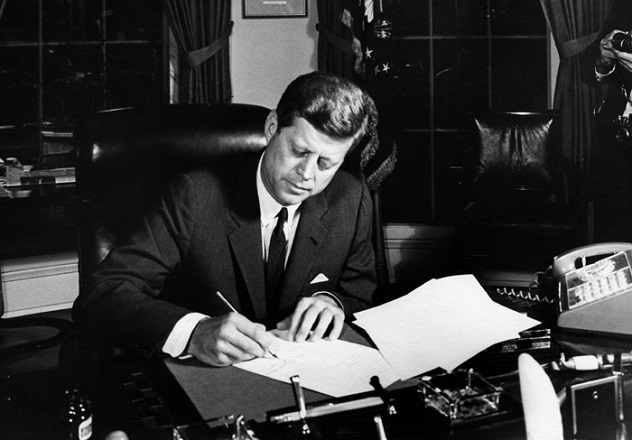
As we recently told you over at KnowledgeNuts, Richard Pavlick attempted to blow up President-elect John F. Kennedy in December 1960. Kennedy was lucky that Pavlick had a change of heart at the last second, but that was just the first attempt on his life. There were two other viable attempts before that fateful Dallas afternoon, and both took place, amazingly, in the same city on the same afternoon.
President Kennedy scheduled a trip to Chicago on November 2, 1963. The Windy City stop had a two-fold purpose—to hold a political meeting with the influential Mayor Richard Daley and watch the Army-Navy football game at Soldier Field. According to former Secret Serviceman Abraham Bolden, a group of four Cuban exiles, led by Homer Echevarria, plotted to assassinate Kennedy in Chicago. Echevarria and his team planned to fire automatic weapons at the Kennedy motorcade as it maneuvered around a turn at Jackson Street from what was then the Northwest Expressway. (It has since been renamed the Kennedy Expressway.)
A local landlady reported to police on October 31 that four men in one of her rooms had automatic weapons. Surveillance trailed the men, and after a poor driving decision by a Secret Service agent, their cover was blown. Two of the four men were detained, but a search of the boarding room revealed no weapons, so the two were released—and never seen again.
With that crisis averted, the Secret Service immediately found another on their hands. At that very same intersection, a paranoid former Marine named Thomas Vallee was planning his own attempt. Vallee was a member of the far-right John Birch Society and had very strong negative opinions about Kennedy. Acting on a tip, the Secret Service observed that Vallee had high-powered weapons and 2,500 rounds of ammo at his hotel room. On November 2, the same day as Kennedy’s scheduled appearance, police trailed Vallee as he headed toward the spot where Kennedy would make the slow turn on Jackson, and they pulled Vallee over when he failed to signal at a turn. A knife on the front seat and 750 rounds of ammo in the trunk were enough to detain Vallee.
Kennedy never made the trip to Chicago. That same day in Vietnam, President Ngo Dinh Diem was assassinated, and Kennedy canceled his appearance. Conspiracy buffs find it convenient that it was the assassination in Vietnam, not the threat in Chicago, that terminated the trip.
As if Kennedy conspiracy aficionados need more ammo, there is a school of thought that Vallee was a patsy framed by the four Cubans. The information that led to their discovery came from an informer, and the only information about him is his name: “Lee.” At least one person close to the plot is a believer: Vallee’s sister, Mary Vallee-Portillo. She thinks that Vallee, who died in 1988, was “set up” for the JFK assassination attempt in Chicago. Like Lee Harvey Oswald, Vallee was a Marine, and he was stationed at the same U-2 base in Japan at the same time as the Dallas shooter. Of course, that’s all just a coincidence—probably.
9Harry Truman Received A Letter Bomb
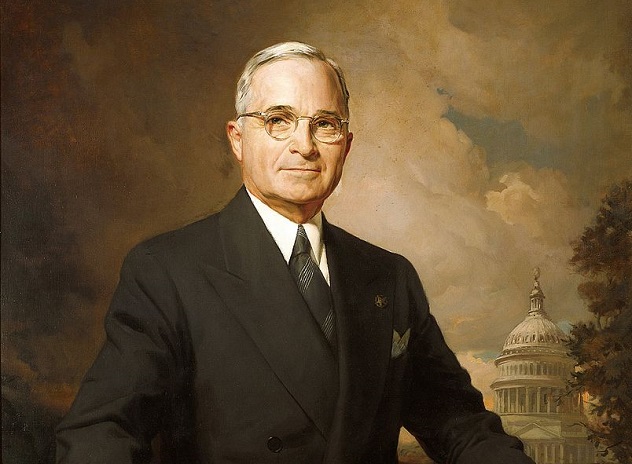
In a well-publicized attack, a pair of Puerto Rican nationalists attempted to assassinate President Harry Truman in 1950, but another set of nationalists attempted to end Truman’s presidency in his first term. In 1947, Zionist militants were in open battle with British troops. The most menacing of the militant groups was the Stern Group, whose activities looked exactly like those of today’s terrorists. At the time, it appeared that prospects for a future state of Israel—the long-held dream of a Jewish homeland—were bleak. The Stern Group would stop at nothing to achieve their goal.
President Truman was quite sympathetic to the Israeli cause, but that didn’t deter the Stern Group from attacking him in the form of a letter. Police were tipped off to the possibility of a letter bomb because of a similar attempt on a British politician. Sir Stafford Cripps, President of the Board of Trade, received a letter that contained an envelope filled with powdered gelignite, a pencil battery, and a detonator. Police determined that the blast resulting from such a combination would be powerful enough to kill a man. Sure enough, the letter Truman received was a similar type of letter bomb. Ironically, the US became the first country to formally recognize Israel in spite of this attack.
8Osama bin Laden Almost Got Bill Clinton
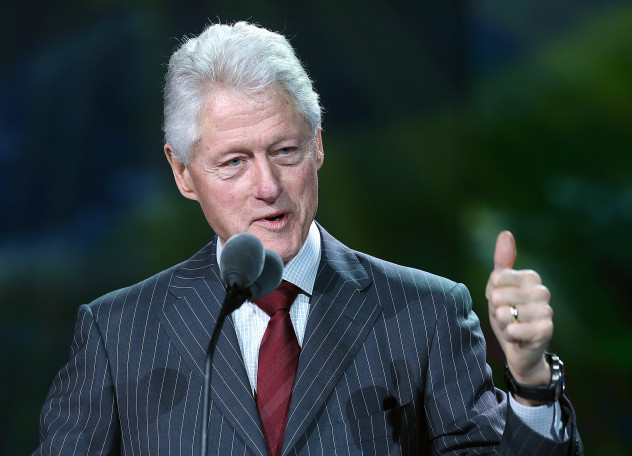
Osama bin Laden didn’t become a household name until September 11, 2001, but prior to that, he was known in government circles as a major troublemaker. Terrorists had previously attacked the World Trade Center on President Bill Clinton’s watch in 1993, so the presidential detail was on heightened alert when abroad. Bin Laden wasn’t in on that attack, but he had other plans for Clinton.
In 1996, President Clinton was in the Philippines as part of the Asia-Pacific Economic Cooperation forum. Clinton arranged a visit to a local politician, traveling a route that would take him over a bridge. Just prior to the trip, though, a Secret Service agent picked up an odd transmission in his earpiece. He repeatedly heard the words “bridge” and “wedding” and determined those to be code words for “blow up the bridge when the President is on it.” Clinton’s motorcade was quickly rerouted and no harm fell upon him.
The Clinton White House never revealed the assassination attempt, so news outlets didn’t pick up the story until 2009. Al-Qaeda had admitted to assassination attempts on Clinton in the past, but it wasn’t until this story emerged that it was revealed how perilously close they came to success. Even when the Clinton Administration attacked Afghanistan in an attempt to eliminate bin Laden in 1998, they never mentioned the 1996 assassination attempt as a motivation.
7Hoover’s Term Almost Ended Before It Began
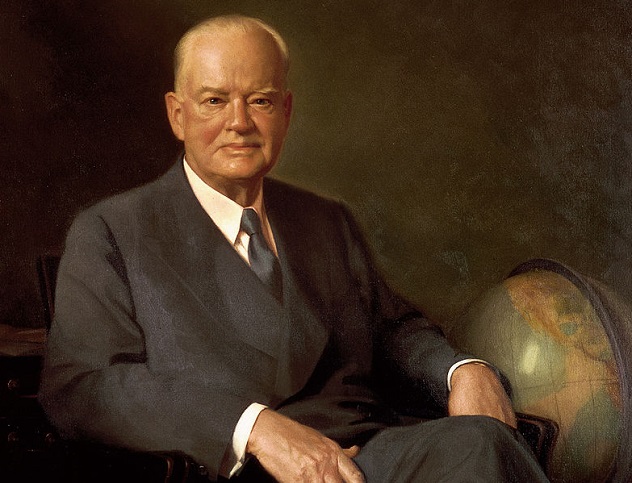
Herbert Hoover isn’t recalled fondly as a president. He had the misfortune of holding office during the 1929 stock market crash, and everything he tried to do to contain the damage only made it worse. But as a candidate, he was very popular, winning quite handily over Al Smith. Hoover decided to parlay that popularity into a trip abroad prior to taking his oath of office.
In December 1928, President-elect Hoover traveled to Central and South America to promote his plan for a trade partnership with the region. While in Argentina, a known anarchist named Manuel Scarzo was detained after a search of his home found guns, bombs, and—most incriminating—a rail map with Hoover’s path highlighted in red. Scarzo allegedly got the train route from Hoover’s own itinerary, which had been leaked.
No one is sure how close Hoover came to death. Clearly, given the details the anarchist possessed, it could have ended poorly for the president-elect. Hoover downplayed the incident, including tearing the newspaper article about it out of his newspaper so his wife wouldn’t see it and become upset.
6George W. Bush Almost Caught A Grenade In Georgia
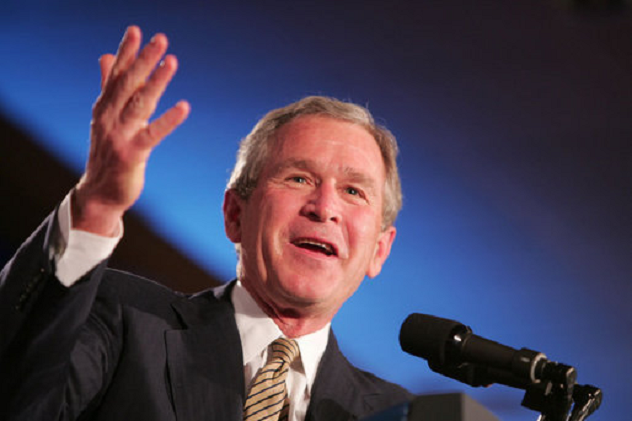
Let’s face it—George W. Bush wasn’t an extremely popular president. A 2006 movie revolved around a fanciful fictional assassination of the president in Chicago, but Bush actually did have a very close encounter in the Eurasian country of Georgia.
In 2005, Bush was giving a speech in a crowded square in Tiblisi, Georgia. Suddenly, an object wrapped in a handkerchief came flying through the air. The threat wasn’t immediately known, but it turned out to be a live grenade. Initial reports downplayed the incident, but the grenade landed less than 30 meters (100 ft) from the president and was very capable of harming him. Had the handkerchief not been so tightly wound around the grenade, it likely would have detonated.
Vladimer Arutiniani admitted to throwing the grenade and was arrested. He received a life sentence for his attempt. Arutiniani explained that he aimed high to launch shrapnel over the bulletproof glass protecting Bush as he spoke, and had the grenade gone off, it’s likely he would have been successful.
5Lincoln’s Hat Was Shot Months Before He Was
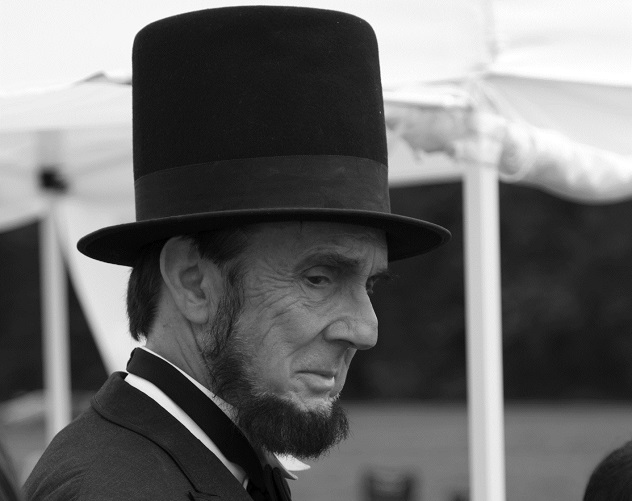
Everyone knows the ultimate fate of Abraham Lincoln, but he came very close to meeting his demise a bit earlier. President Lincoln and his family stayed at the Soldiers’ Home during the summer months to avoid the blistering heat at the White House. It was only about 6 kilometers (4 mi) away, and Lincoln often made the trip on horseback alone.
One night in August 1864, just under a year before his assassination, Lincoln was traveling alone to the Soldiers’ Home at around 11:00 PM when a shot rang out. Private John W. Nichols, who was stationed at the Soldier’s Home, rushed to the aid of the president, whom he found sans hat. Lincoln explained that the horse jerked upon hearing the gunshot, and his hat went flying. When Nichols found the hat, he noticed it now featured a brand-new bullet hole. The President had narrowly missed being shot in the head. Lincoln requested the matter be kept quiet, and it was—Nichols didn’t tell his story until 1867. Many have speculated that Lincoln’s famous hat spoiled the assassin’s aim and saved his life.
The death of Lincoln even that much earlier would have had devastating consequences for America. Hannibal Hamlin would have become president, and a lame duck one at that. Hamlin was already off the Union ticket for vice president, having been replaced by Andrew Johnson. Hamlin would have faced strong opposition, because at the time, the Radical Democracy Party—an offshoot of the Republicans—and their nominee, John Fremont, had not yet dropped from the race. Despite what Steven Spielberg told us in his movie Lincoln, the Radical Democracy Party were more strongly opposed to slavery than Lincoln, which led to their formation. Had the assassin aimed a bit lower in 1864, the election in November would likely have pitted Hamlin against Fremont and McClellan (the Democratic nominee), with Johnson perhaps running on the Union ticket. America in 1864 would have been a mess.
4Reagan’s Would-Be Assassin Targeted Jimmy Carter
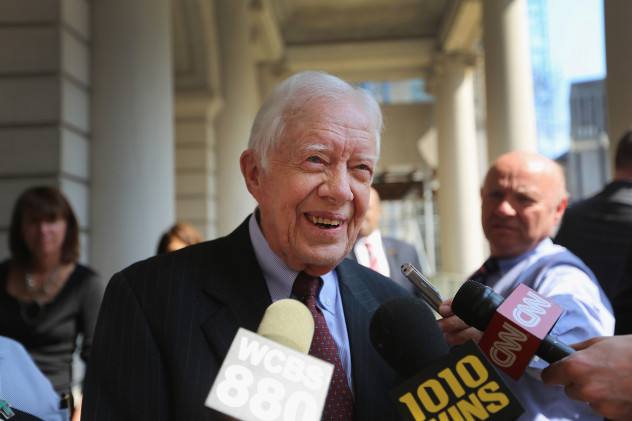
John Hinckley Jr. was clearly insane. In a bizarre bid for the heart of actress Jodie Foster, Hinckley infamously shot Ronald Reagan early in his first term, but what is glossed over is that Hinckley didn’t really care which president he killed—he just wanted a president.
Hinckley’s plans were pretty out there. One plan was to hijack an airplane, fly it to the White House, and live there with Foster. He came to his senses, such as they were, and settled for a presidential assassination. Hinckley began stalking Jimmy Carter when he was on the campaign trail, and he actually came very close to Carter—within 2 meters (6 ft) during a stop in Dayton, Ohio on October 2, 1980, roughly one month before the election.
Hinckley is widely reported to have not carried a gun that day, but he was detained later that month in Nashville, Tennessee with three handguns in his carry-on luggage. Carter was in Nashville at the time of his arrest. With no criminal record, he paid a small fine and journeyed on to Dallas, Texas. It was there that he purchased the gun that shot Reagan.
Did Hinckley really not have a gun with him in Dayton? Or did he just change his mind? Hinckley has never clarified that, but what is clear is that he was within spitting distance of a president and the president survived.
3Barack Obama, Ricin, And The Elvis Impersonator
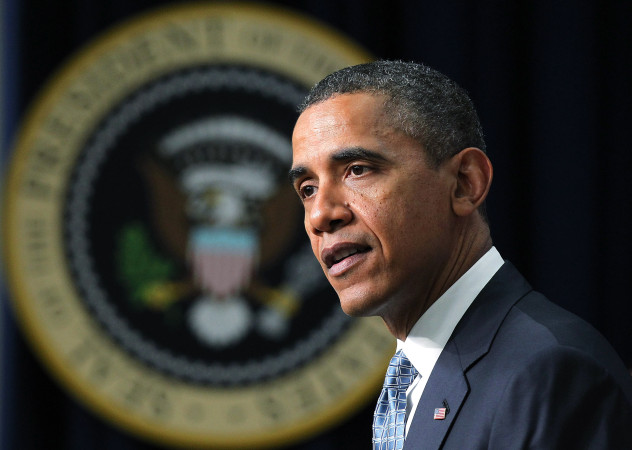
The day after the tragic bombing at the Boston Marathon, a suspicious package arrived at the US Capitol mail offices. The day after that, on April 17, 2013, a similar letter addressed to President Barack Obama was intercepted at the White House mail facility. Both contained ricin.
The story that follows is so unbelievable that it just has to be true. The two letters—and another that was addressed to Mississippi judge Sadie Holland—all had the same message: “No one wanted to listen to me before. There are still ‘Missing Pieces.’ Maybe I have your attention now even if that means someone must die. This must stop. To see a wrong and not expose it, is to become a silent partner to its continuance. I am KC and I approve this message.”
A quick Internet search revealed that Elvis impersonator Kevin Curtis used similar phrasing in a one-sided online war against his former employer, North Mississippi Medical Center. After seven hours of questioning, however, the Secret Service began to doubt Curtis was the ricin maker. When asked about the powerful toxin, Curtis replied, “I don’t like rice. I don’t really eat rice. If y’all look in my house, you won’t find any rice.” When asked if he had any enemies, he named Everett Dutschke. Indeed, Dutschke hated Curtis so much that he had tried to frame the man for killing the president of the United States.
Curtis and Dutschke harbored a deep hatred for each other. Curtis said the feud stemmed from Dutschke’s refusal to run an item in his online newspaper, while Dutschke claims that Curtis cyberstalked him after his crushing Mississippi State House election loss. The two battled for six years online and through mutual friends. Dutschke was vainglorious, bragging incessantly about his Mensa membership. He thought he could outsmart anyone.
Dutschke mailed the three letters, having included the judge because she was the mother of his political opponent in his failed legislature bid, and framed his bitter rival. He initially pleaded not guilty, but he changed his mind later and entered a guilty plea. His Mensa membership turned out to be less helpful than he might have thought, at least when it came to chemistry: Judge Holland opened her letter and inhaled some of the ricin, but Dutschke had mixed the ricin so poorly that it wasn’t strong enough to kill the 80-year-old judge.
2George Wallace’s Would-Be Assassin Targeted Richard Nixon
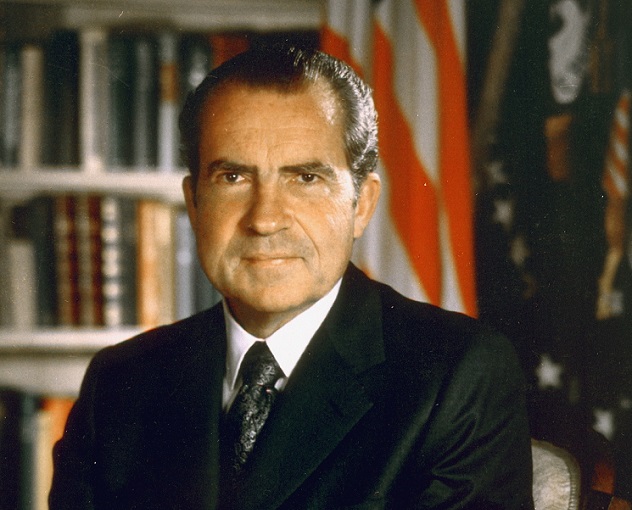
The better-known attempt on the life of Richard Nixon was by Samuel Byck. He attempted to hijack a plane and fly it into the White House, a plot that eventually formed the basis of a movie starring Sean Penn. Arthur Bremer, on the other hand, is best recalled for his attempted assassination of presidential hopeful George Wallace in 1972. His initial target was a bigger fish, though—the sitting president.
Bremer kept a poorly written journal of his thoughts, where he revealed that his number one target was President Nixon. Nixon was a more desirable target to the loner, who greatly desired to become infamous. Wallace was much more accessible, though, so Bremer decided he would be his fallback target if he failed to access Nixon.
On April 3, 1972, Bremer put his master plan into action. First, he rented a car to drive to Ottawa, Canada, where he intended to hire a prostitute and lose his virginity. While in Ottawa, he planned to assassinate Nixon, who was there speaking to Canadians. His plan failed spectacularly—he didn’t lose his virginity, and he didn’t even get close to Nixon, who was constantly surrounded by security guards. In fact, the closest he came to shooting anyone was himself in his hotel room when the gun accidentally discharged.
Ten days later, he switched his target to Wallace. After noting the vast difference between the security details on his two intended targets, Bremer followed Wallace around the country briefly before pulling the trigger in May 1972 in Maryland. Wallace survived the attack but was left paralyzed.
All Bremer wanted was media attention, yet his assassination attempt on Wallace is merely a footnote to history, and his Nixon escapades are virtually unknown. If you’re breathing a sigh of relief that a guy that warped is safely behind bars, we have bad news—he was freed in 2007. As of 2012, he was living in western Maryland and remains on parole until 2025.
1James Buchanan Was Poisoned On His Inauguration Day
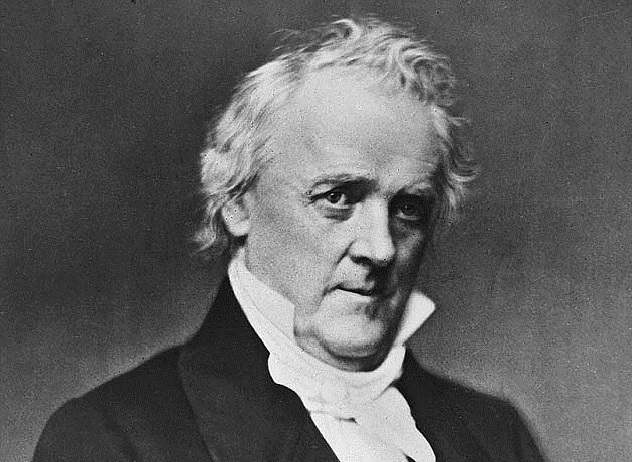
James Buchanan is recalled for being a bachelor president, the guy before Lincoln, and a hopeless failure. His election was seen at the time as a means of keeping the Union intact, as he was a Northerner with Southern leanings. That was enough to persuade some people that America would be better off if he didn’t serve.
His inauguration was March 4, 1857. Buchanan and most of his party were staying at the National Hotel in Washington, D.C., which was one of the finest hotels in the country at the time. On the evening of March 3, hundreds of patrons became sick. Buchanan was one of the lucky ones and recovered fairly quickly. Not quite so lucky were two sitting member of the US House of Representatives, John G. Montgomery and John Quitman, who ended up dead. Over 30 people died from dysentery related to the National Hotel incident.
The prevailing modern viewpoint is that the primitive sewer system led to the illness, but not everyone is convinced that it wasn’t a plot to take out President Buchanan. There is evidence that the disease was already spreading in the hotel prior to Buchanan’s arrival, but it certainly spiked when he showed up. The hotel was infamous as a hangout for Southern sympathizers, and even John Wilkes Booth stayed there in 1864 while plotting his Lincoln assassination. The poisoning plot was no conspiracy theory—outlets as respectable as The New York Times called it “the most gigantic and startling crime of the age,” while future Secretary of State William Seward insisted that physicians called it a poisoning.
Was it poor plumbing or poison? It’s impossible to say, but people at the time certainly thought the latter. It’s worth noting that, had Buchanan died, Vice President and strong Southern supporter John C. Breckinridge would have become president. Breckinridge, interestingly, wasn’t staying at the National Hotel that night.
Jake wrote a trivia ebook filled with the same kind of crazy stuff you just read in this list. You can follow him on Twitter for more useless facts.
